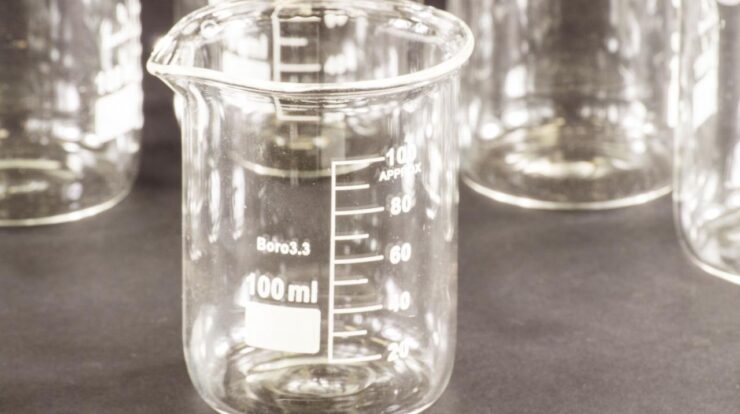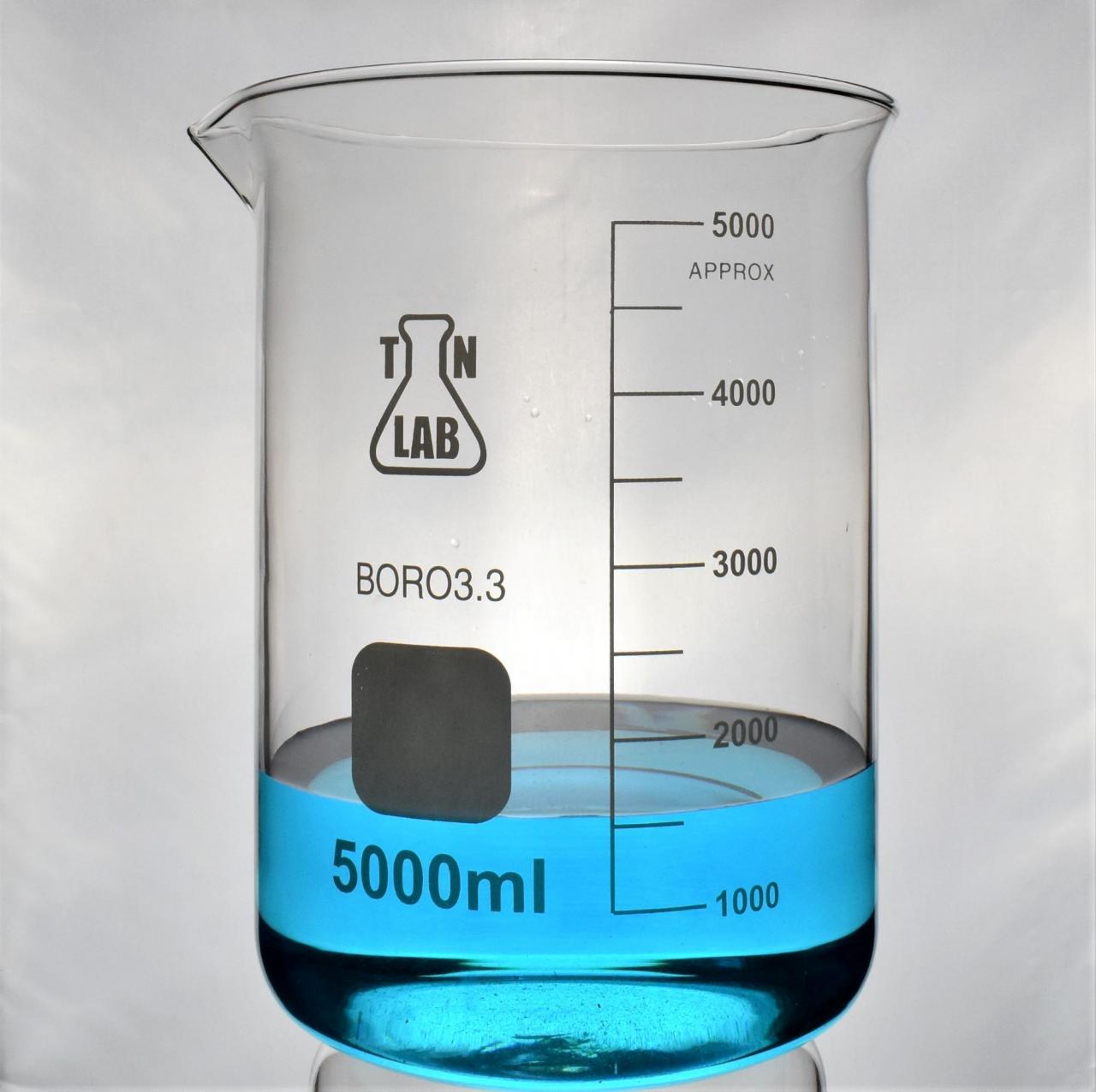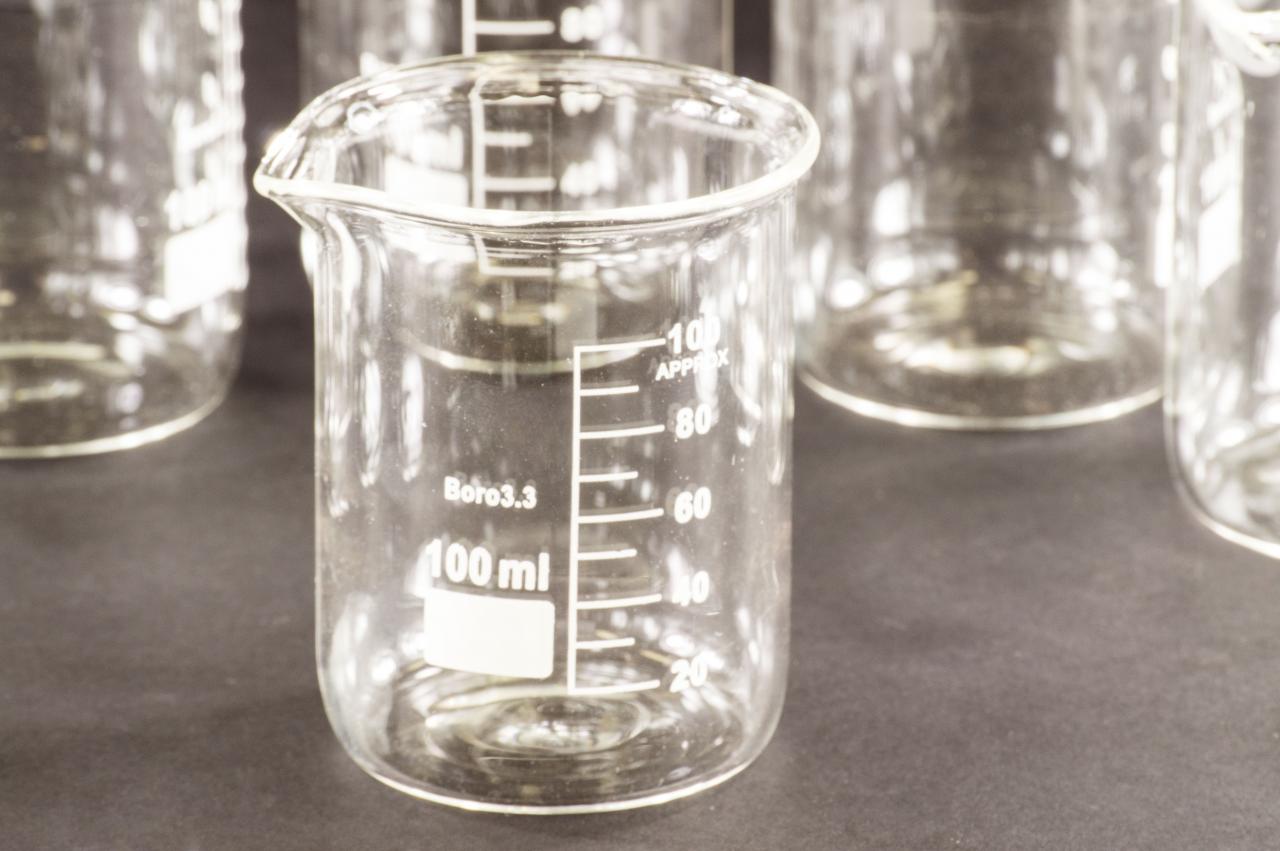
Beaker meaning delves into the captivating world of laboratory glassware, exploring its historical origins, scientific applications, and cultural significance. From its humble beginnings to its indispensable role in scientific discoveries, the beaker has evolved into a symbol of innovation and precision.
This article will provide a comprehensive overview of beaker meaning, encompassing its etymology, types, scientific applications, historical significance, and design innovations.
Etymology of “Beaker”

The term “beaker” originates from the Middle English word “bekere,” which itself derives from the Old French “bec,” meaning “beak.” This etymology reflects the beaker’s distinctive shape, characterized by a narrow spout and a wide body, resembling a bird’s beak.
Definition and Types of Beakers, Beaker meaning
A beaker is a common laboratory glassware with a cylindrical shape, a flat bottom, and a pouring spout. Beakers are typically made of glass, but can also be constructed from plastic or other materials. They are used for a wide range of purposes, including mixing, heating, and measuring liquids.
- Graduated beakershave markings on the side to indicate the volume of liquid contained.
- Griffin beakershave a conical shape and are used for boiling liquids.
- Erlenmeyer beakershave a conical shape with a narrow neck, and are used for titrations.
Scientific Applications of Beakers
Beakers are essential tools in scientific laboratories. They are used for:
- Mixing and stirring liquids
- Measuring volumes of liquids
- Heating liquids
- Conducting chemical reactions
When using beakers, it is important to follow safety precautions, such as wearing gloves and eye protection.
Historical and Cultural Significance
Beakers have played a significant role in scientific discoveries and technological advancements. For example, the beaker was used by Antoine Lavoisier in his experiments on combustion, which led to the discovery of oxygen. Beakers have also been used in the development of vaccines and antibiotics.
In popular culture, beakers are often associated with science and innovation. They are frequently depicted in movies, TV shows, and other media as symbols of scientific research and discovery.
Beaker Design and Innovations
The design of beakers has evolved over time to meet the changing needs of scientists. Modern beakers are made from a variety of materials, including glass, plastic, and metal. They are also available in a variety of shapes and sizes.
Some recent innovations in beaker design include:
- Beakers with built-in stirring mechanisms
- Beakers with temperature sensors
- Beakers with RFID tags for tracking
Last Word: Beaker Meaning

In conclusion, beaker meaning encapsulates a rich tapestry of scientific and cultural significance. Its versatility and adaptability have made it an indispensable tool in laboratories worldwide, while its historical importance underscores its role in shaping our understanding of the natural world.
Detailed FAQs
What is the primary use of a beaker?
Beakers are primarily used in laboratories for mixing, stirring, and heating liquids.
What are the different types of beakers?
Beakers come in various types, including glass, plastic, and metal, and can vary in shape and size depending on their specific applications.
What safety precautions should be taken when using beakers?
When working with beakers, it is crucial to wear appropriate safety gear, such as gloves and safety glasses, and to handle hot liquids with care.





